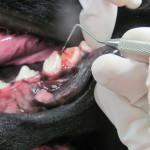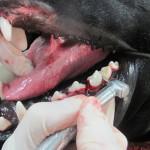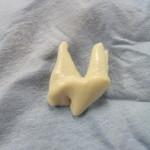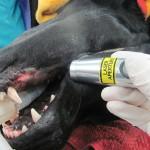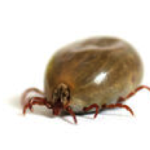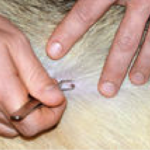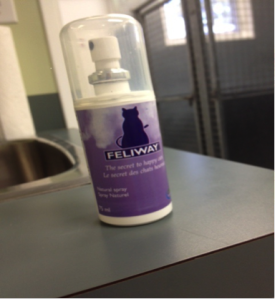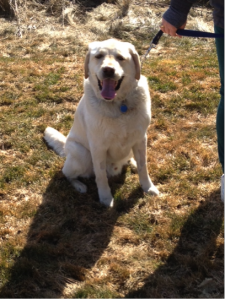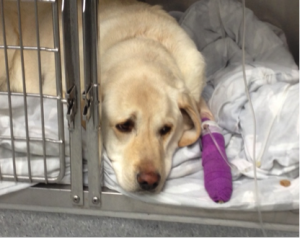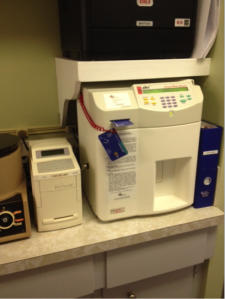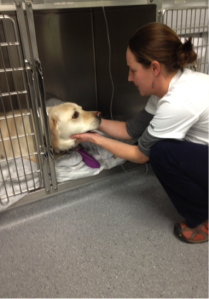Hello it’s Freddie the cat.
I hope you all had a good Thanksgiving and didn’t over indulge too much! I restrained myself quite well and didn’t get into fatty foods at all. There are some good fats out there that we should be eating, though. I’m sure you’ve heard of them: Omega 3 Fatty Acids.
Omega 3 Fatty Acids, come from fat sources such as meat, seeds, and nuts. The best source to be absorbed and available to pets is from fish oils and these specific fatty acids are known as EPA (eicosapentenoic acid) and DHA (docosahexenoic acid). They are proven to help with the proper development of vision and nerves, and are believed to be very beneficial help control inflammation and the immune system. They are commonly given as supplements for treatment of chronic kidney disease, arthritis, heart disease, cancer, allergies, and itchy skin.
Being kind of far away from a fishing pond of my own, and knowing that mice are not a good source of fatty acids, what’s a handsome homebody cat to do? There are many brands of fish oils out there. Your veterinarian will have capsules and oils available. Be sure you are giving your cat or dog a form that comes from fish and has a ratio of EPA to DHA of 3:2. That’s right, look on the bottle, or ask your veterinarian.
How much to give? If you’re using a veterinary product, there will be instructions on the bottle. If not, then make sure the ratios are correct at 3:2, then give about 1000 mg to a cat or small dog daily and 2000 mg to a medium to large dog daily. Be sure to ask your veterinarian if this is okay, because your pet might have an underlying condition or allergy and fish oil may not be a good idea.
Too hard to get a pill into your cat? Well, I get it. Ask for an oil to pump onto the food. It’s very fishy tasting and I love that. Yum!
Omega 3 fatty acids. Who knew? That’s what I know about that.












